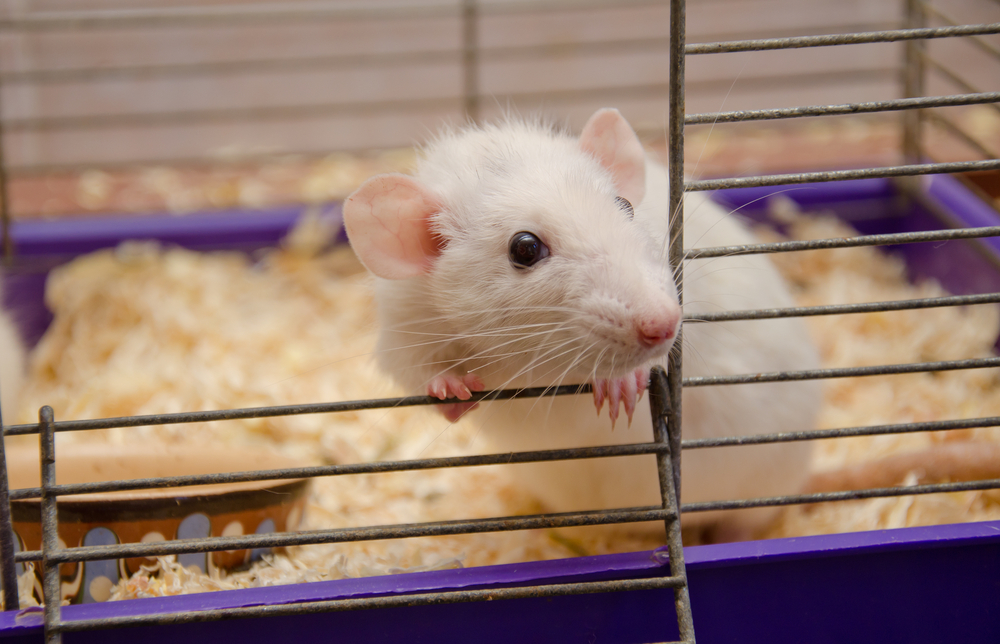Inhibition of RAGE Protein Lessens ALS Symptoms in Mice, Study Finds

Inhibiting the receptor for advanced glycation end products (RAGE) protein lessens the symptoms of amyotrophic lateral sclerosis (ALS), according to a study in mice.
However, a full deletion of the RAGE gene shortens the lifespan of mice, highlighting the complex role of this protein in the context of neurodegeneration.
The study, “Effects of RAGE inhibition on the progression of the disease in hSOD1G93A ALS mice,” was published in the journal Pharmacology Research & Perspectives.
ALS is a neurodegenerative disorder that is characterized by the progressive death of motor neurons that control muscle activity. Recent research has identified a major role of astrocytes — a type of brain nerve cell tasked with regulation of the central nervous system (CNS) — in the degradation and death of motor neurons in ALS.
Previous studies have shown that the astrocyte-induced death of motor neurons is influenced by the RAGE protein.
Though the specific mechanisms of RAGE protein-mediated cell death are not known, inhibiting RAGE activity has emerged as a potential therapeutic target for the treatment of ALS.
To study RAGE protein inhibition in the context of ALS, researchers have used mice that express a mutated, human variant of an ALS-linked protein called superoxide dismutase (hSOD1).
The hSOD1 mice have been used previously as a model for ALS, because the mice develop a progressive motor neuron disease that shows similar hallmarks to the progression of ALS, including motor neuron death caused by astrocytes.
Researchers at University of Wisconsin‐Madison now have used these mice to understand whether RAGE protein activity influenced the survival of motor neurons and alleviated the symptoms of ALS.
They first harvested motor neurons from either healthy or hSOD1 mice and observed their growth and survival rates in vitro (in the lab). Compared to healthy mice, only about 62% of hSOD1 motor neurons survived in cell culture.
Researchers then added one of two molecules known to inhibit the RAGE protein functionality, including the small molecule FPS-ZM1 and the peptide RAGE antagonistic peptide (RAP), to the cell culture medium.
Both FPS-ZM1 and RAP significantly elevated the survival rate of hSOD1 motor neurons to levels near 100%.
The researchers then administered FPS-ZM1 to 60-day-old hSOD1 mice, an age at which these mice display evidence of neurodegeneration but no decline in motor function.
Though the two treatments did not prevent the onset of ALS symptoms, treated mice did show improvements in hind-limb grip strength, a measure of muscular function, when compared to mice that were not given a RAGE inhibitor treatment.
Treated mice also showed a 24% increase in the number of motor neurons present in the ventral horn, a region of the spinal cord that branches out toward the muscles.
The motor neurons of these mice also had lower rates of astrogliosis and microgliosis, indicators of brain inflammation and neurological hallmarks of neuronal dysfunction and death.
In these animals, development of ALS-like symptoms is accompanied by weight loss; the FPS-ZM1 treatment was able to significantly delay weight loss in female mice by 7.5 days.
The researchers generated hSOD1 mice that, instead of two copies (one from the mother, one from the father), had either only one copy, or no copies at all, of the RAGE gene. This allowed them to determine if the total absence of RAGE would produce similar results as the inhibition, or partial inhibition, of RAGE.
While mice with one copy of the RAGE gene showed hind-limb grip improvement, this was not observed in mice with no copies of the gene. Importantly, these mice had a significant decrease in median survival time of 14 and 18 days, respectively.
The researchers concluded that RAGE activity may play a role in protecting neurons during the earlier stages of the disease, but that RAGE physiology needs further study to understand which methods are best to target the protein in the context of ALS.
“These data highlight the complex role of RAGE signaling during neurodegeneration and identify protective effects of RAGE signaling in this ALS mouse model,” the researchers concluded.






